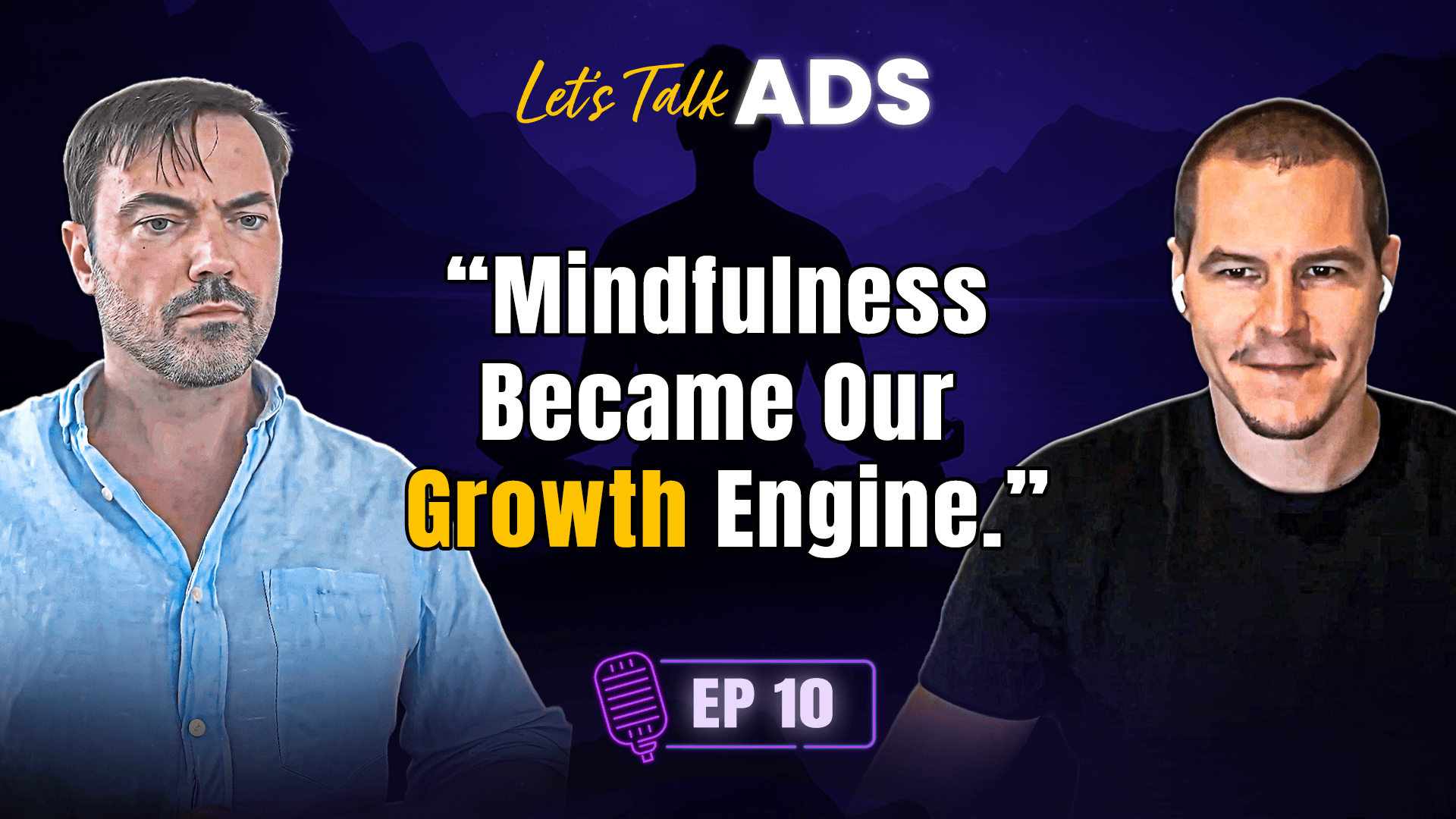The guest post from the Checkaso team.
Table of Contents
In this post, we’ll look at the main customer acquisition channels and talk about how to organize your work “bit by bit.”
What metrics to consider as a starting point
First, we need to decide what kind of strategy we define as a “successful one.” We need to understand the framework within which we need to navigate so that the users we attract don’t cost more than the base segment of our product. Yes, there are benchmarks depending on the type of service you have, but you have to plan your expected results based on your particular case.
- Calculate the acceptable price for attracting one new customer (CAC). Remember, it’s always harder but cheaper to get customers back than it is to attract new ones.
- Calculate LTV and choose tools to help you take the customer through all stages of the life cycle.
- Monitor what your competitors are doing.
All further actions have a direct correlation with these points. Next, we’ll talk about the customer acquisition channels.  Image by Alejandro Ramirez
Image by Alejandro Ramirez
The main channels for attracting new users
1. Social networks
The Meta services are still in the lead in this segment, although many are already focusing on TikTok. Short video service is often chosen by developers of mobile games and dating apps. The young audience actively supports native advertising of such products on the platform.
Facebook and Instagram provide flexible audience targeting and the option to automate ad campaigns. The flip side of this coin is high competition and the cost of advertising. Advertising in Meta services is great for brand recognition and it indirectly affects the organic search results for apps in the app stores.
Check Our User Acquisition Agency
2. App Store Optimization (ASO)
More than 60% of users look for and install apps in the search bar. If the app is not in the first page results, it can lose up to 70% of its traffic. ASO includes a set of solutions aimed at increasing the conversion rate.
Basic activities in ASO can be divided into two groups.
Text ASO
- App title
- Long and short description
- Semantic core and keywords
Graphic ASO
- App icon
- Screenshots
- Video preview
A good icon can bring up to +50% of traffic, so run a series of tests to determine which one provides the most conversions. 
Impact of different elements on indexing / Checkaso ASO platform.
Working with text ASO mostly depends on the stage of development of your app. Choose high- and medium-volume keywords (Search Volume index), if your app is quite well-known. If you are new, it’s better to focus on low-frequency keywords. It’s also critical to keep an eye on the queries your competitors use.
Tip. Support your progress in ASO with paid traffic. Once the optimization on Facebook and Instagram is up and running, experiment with Snapchat and Twitter. Do not optimize your app in all social networks at once, limit yourself to 2-3, and later switch to others and scale the successful customer experience.
3. ASA (Apple Search Ads)
Apple Search Ads (ASA) is an advertising platform that allows you to promote iOS apps in the App Store. This platform is one of the most converting channels in terms of clickthrough rate (impressions — clicks). The ad looks like a native result and it is almost identical to an organic result. Apple Search Ads provides flexible display settings — you can specify keywords for which you want your app to be displayed to users. By choosing the most relevant keywords, you will significantly increase your conversion rate.
What’s important is that the payment is not per install, but per click. That is, you pay for each click on the app’s product page. If the conversion rate is low because of graphic elements or because you are using irrelevant keywords for promotion, the cost of install will be very high. It’s necessary to find the most relevant keywords with the highest conversion rate.

ASA examples
4. Google services
Google Ads campaigns are not directly related to promotion on Google Play, but the app store takes into account how well the app’s store listing page is optimized, how often it is updated, and a lot of other parameters for global indexing. In addition to YouTube, Universal App Campaigns (UAC) are used for promotion. This advertising platform is similar to the Meta platform and it automates the targeting and bidding. Then it dynamically serves ads to the users who are of the highest value.
5. Mobile ad networks
Mobile ad networks allow app developers to buy ad space within other apps. They serve as intermediaries between advertisers and app developers who want to monetize their apps this way. Types of advertising that can be purchased via mobile ad networks: interstitial, banners, video. Most often this type of advertising is suitable for gaming apps, where the user receives a reward in-game currency after viewing ads.  Image by Chris van Rooyen
Image by Chris van Rooyen
6. Advertising in specialized media
Advertising (better as native news) in relevant media can become viral. News can have a snowball effect, as news media often republish each other’s stories. Share your install records or unique mechanics and see how it leads to a ripple effect.
If you don’t have a big budget, you can try to publish for free. It’s a lot of work without a guaranteed result. But if your press release is worth interest, the game is worth the candle. Here’s a list of 40 sources for your app promotion.
Summary
The key to proper strategy building is constant hypothesis testing and proper budgeting. We recommend choosing multiple channels and scaling success in a timely manner. Don’t be afraid to experiment and don’t forget to monitor your competitors.



